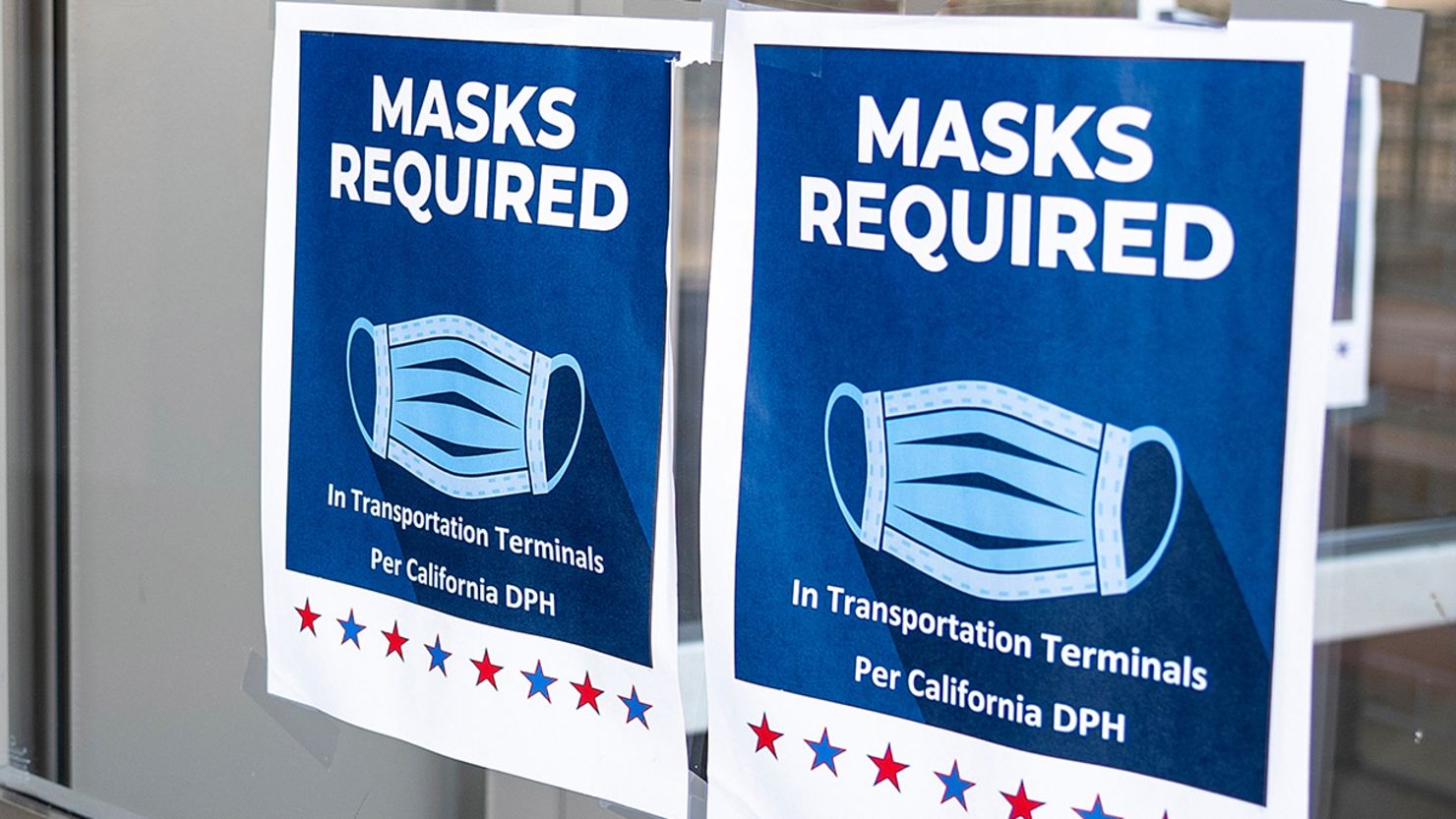January 2, 2025 – Health officials across the United States are sounding the alarm as four major viral infections—COVID-19, influenza, RSV (Respiratory Syncytial Virus), and norovirus—are simultaneously surging, leading to what experts are dubbing a “quad-demic.” This confluence of viral activity has brought about a significant strain on healthcare systems and a renewed push for preventive measures.
A Perfect Storm of Viruses
The combination of holidays, colder weather, and perhaps an element of public complacency has resulted in a sharp rise in infection rates. Norovirus alone has seen a dramatic increase, with over 91 cases reported in one week by the CDC, highlighting its rapid spread and the severe symptoms it induces like vomiting and diarrhea. The other viruses, including the flu, RSV, and a new wave of COVID-19 variants, have also contributed to this perfect storm, overwhelming hospitals and clinics with an influx of patients seeking treatment.
Return of Mask Mandates
In response to this quadruple threat, several states, including California, Illinois, Indiana, New Jersey, New York, and Wisconsin, have reinstated mask mandates in healthcare settings. The decision has sparked a polarized reaction, with some advocating for the proven effectiveness of masks in controlling the spread of respiratory viruses, while others question the necessity and efficacy of such mandates. The debate reflects broader public sentiments on personal freedoms versus collective health responsibilities.
Health Recommendations
Health experts are urging the public to adopt or re-adopt practices that have proven effective in past viral outbreaks. These include frequent hand washing, especially important against norovirus where hand sanitizers fall short, self-isolation when sick, and vaccination or booster shots where available. The emphasis is on not just individual health but also on protecting vulnerable populations who are at higher risk of severe outcomes from these infections.
The Impact on Society
The surge in infections has not only affected healthcare but also daily life, with schools, businesses, and public events feeling the repercussions. The debate on the long-term effects of previous health measures like school closures during the COVID-19 crisis continues, with some arguing that the educational and psychological impacts on children were not adequately considered. This discussion is particularly poignant as society grapples with how to manage current and future outbreaks without repeating past oversights.
As the situation develops, there’s a cautious approach to predicting how long this quad-demic will last. Experts are monitoring infection rates, vaccination uptake, and public behavior to gauge the trajectory. Meanwhile, there’s a call for more research into how these viruses interact and whether they might influence each other’s spread or severity.

